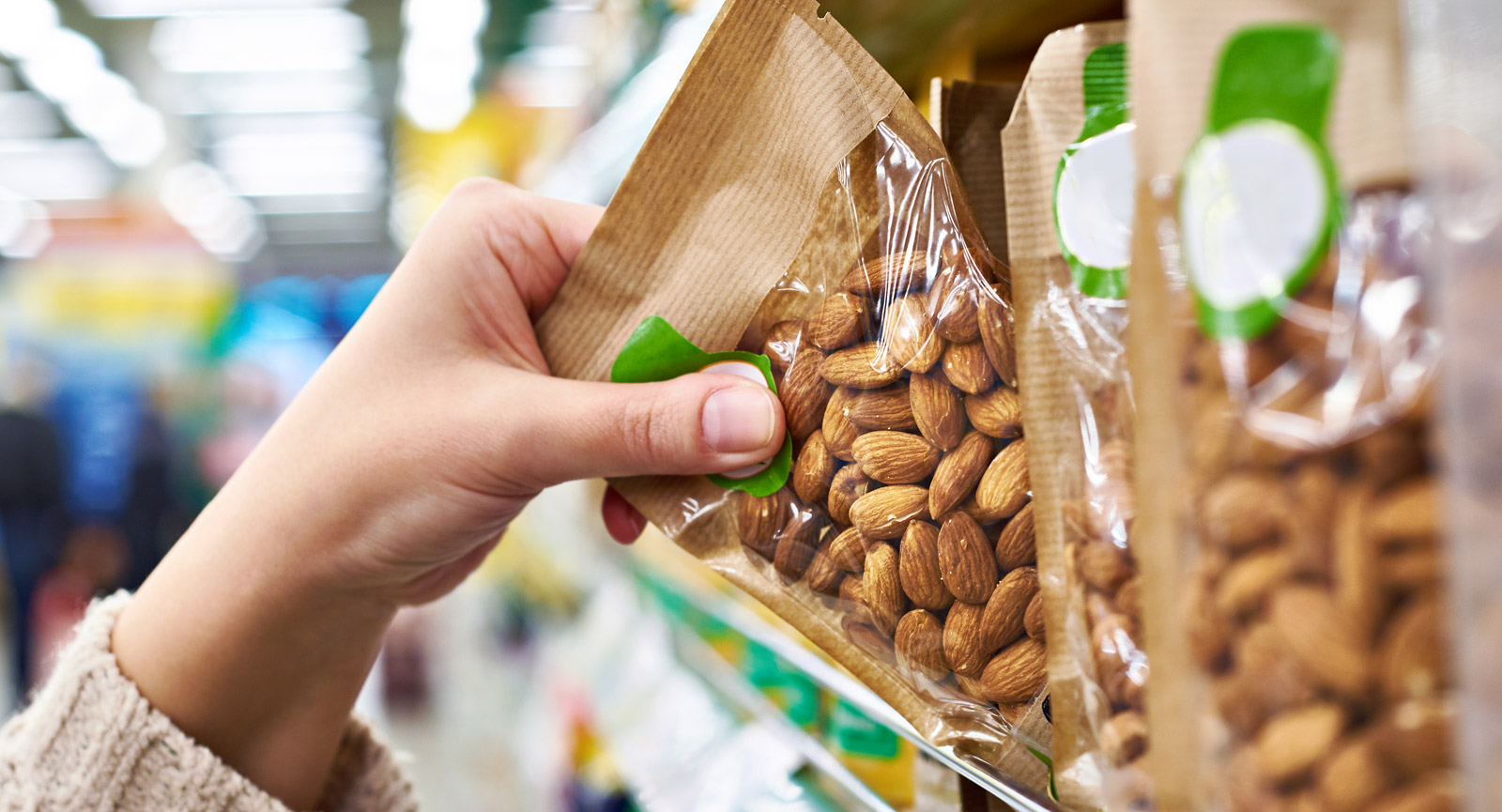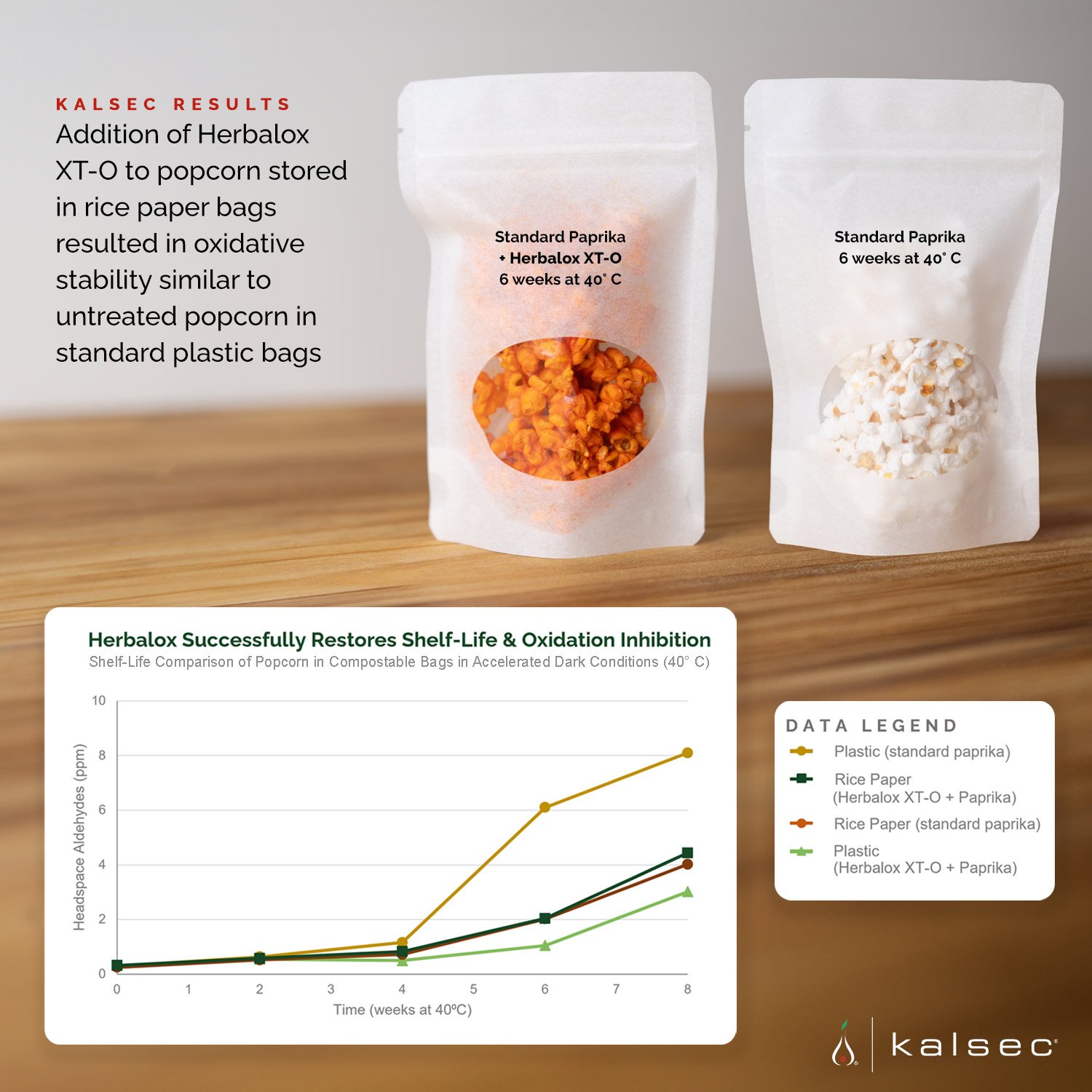
Navigating Quality Challenges While Meeting Consumer Demand for Eco-friendly Choices
Consumers' growing interest in sustainability has sparked a shift towards more eco-friendly packaging options. In fact, a majority (78%) of consumers consider living a healthy and sustainable lifestyle important to them. Packaging plays a vital role in preserving the freshness and safety of food and beverages, but unfortunately, it also contributes significantly to environmental waste.
According to the US Environmental Protection Agency (EPA), nearly one-third of all municipal solid waste comes from food packaging. This waste often ends up in overflowing landfills, releasing greenhouse gases, most notably methane, and damaging our planet. Additionally, a considerable amount of plastic packaging finds its way into our oceans, forming devastating plastic islands and posing a severe threat to marine life.
Strategies for Meeting Consumer Demand and Reducing the Environmental Impact of Packaging
As consumers become more conscious of sustainability issues, they are supporting packaging options that are kinder to the environment. A recent survey conducted by Innova Packaging indicated that one in three global consumers is willing to pay more for products with sustainable packaging.
While this consumer interest is appealing to companies, there are hurdles in meeting these desires for more eco-friendly packaging, while striving to maintain operational efficiency and uphold food quality standards throughout the supply chain.
Fortunately, there are several approaches companies can take to increase packaging sustainability:
Utilize recyclable materials: By choosing packaging materials that can be recycled, companies can contribute to a circular economy and reduce waste.
Utilize biodegradable or compostable materials: Opting for packaging materials that can naturally break down over time, either through biodegradation or composting, can help mitigate the harm caused by packaging waste.
Reduce material usage: Minimizing the quantity of materials used in packaging selected is an effective way to reduce environmental impact while maintaining functionality and safety.
Evaluating the Influence of Packaging Material Choices on Food Quality and Sustainability
When transitioning from conventional to sustainable packaging, it's crucial to consider the impacts of material and design choices to shelf-life and to consumers’ experience with the food. Given Kalsec’s expertise in understanding the various factors affecting shelf-life and food quality, we recognized the importance of evaluating how a change from conventional to sustainable packaging could affect shelf-life, product quality and the overall consumer experience.
Armed with our in-depth understanding of food dynamics, we hypothesized that sustainable materials might compromise product stability, potentially reducing shelf-life. To validate this, our team conducted studies comparing conventional and sustainable packaging options. Our findings confirmed an increased rate of oxidation in food stored in compostable packaging compared to traditional plastics, degrading the quality, and shortening the shelf-life.
Similar evaluations also confirmed that our innovative solutions offered an answer—incorporating a natural antioxidant like Herbalox® rosemary extract into food stored in compostable packaging effectively extended its stability, aligning with that of conventional packaging. In this ever-evolving landscape, it is important to recognize material choices to meet sustainability goals and consumer desires do have a measurable impact on the value and quality of food4.
Oxidation Implications of Different Sustainable Packaging Materials
Recyclable materials: Opting for recyclable packaging materials supports a circular economy and waste reduction. However, the food shelf-life can be impacted, depending on the type of post-consumer materials and inherent barrier protection it’s able to provide.
Biodegradable or compostable materials: While these materials align with eco-friendly practices, they may accelerate the deterioration of food due to a lower oxidation barrier within the material choice. It's crucial to address potential impacts on shelf-life by incorporating natural antioxidants, like Herbalox® or Duralox® Antioxidant Blends to maintain the food's stability.
Reduce material usage: Minimizing the quantity of materials used in packaging production can be environmentally beneficial and provide a consumer-friendly claim. However, this approach is likely to come with increased spoilage and oxidation concerns as the oxygen permeability is increased with fewer layers.

Partnering for Sustainability with Kalsec’s Expertise in Natural Food Protection and Sustainable Packaging Solutions
As a pioneering force in natural food protection and with a deep understanding of the intricate interactions between food ingredients, manufacturing processes, and packaging materials, Kalsec is the ideal partner to navigate and address the challenges of transitioning to sustainable packaging. As a B-Corp, we are proud to be a force for good by intentionally taking steps to make a positive impact on society and the environment. Coupled with our expertise in extending shelf-life and commitment to innovative, natural solutions, Kalsec is uniquely suited to support your efforts to move to more sustainable packaging without compromising product stability or consumer satisfaction.
Ready to embark on a sustainable journey for your food products? Let's collaborate to create innovative solutions that meet your sustainability goals without compromising on product stability. Contact us today to explore how Kalsec can be your partner for a more sustainable future.